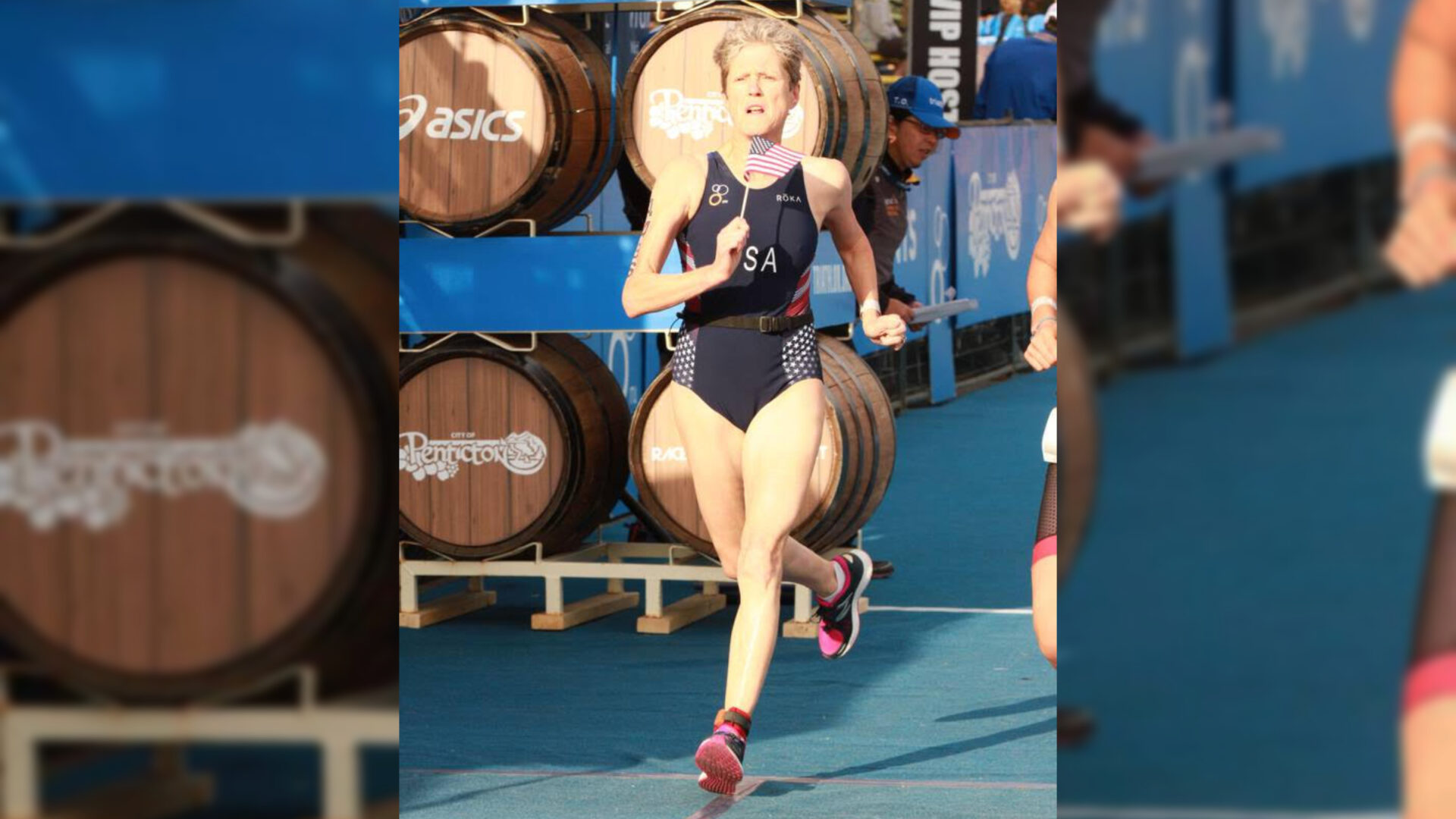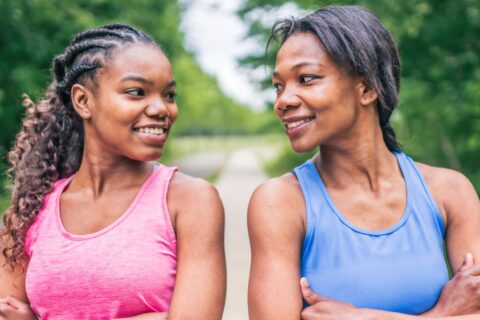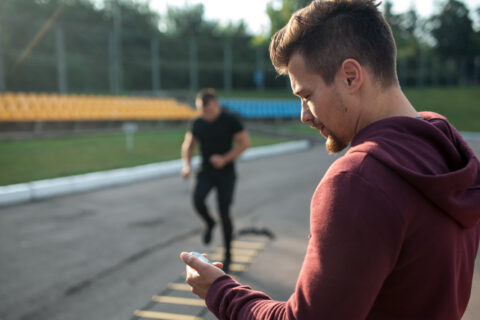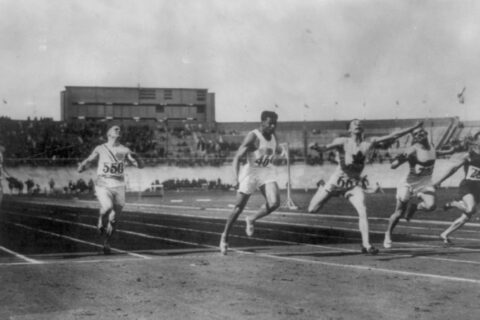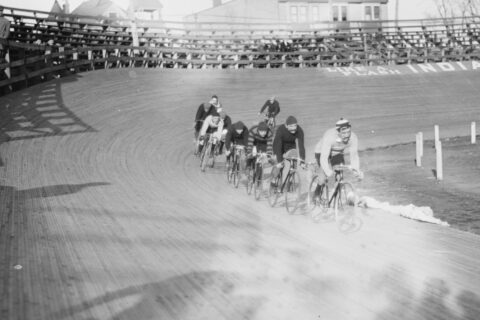Cathy Utzschneider took up competitive running after age 40 and quickly made up for lost time, racking up nine USATF national age group championships (including track, road, and cross-country), a silver medal at the Nike World Masters Games, and a gold medal at the North American World Regional Championships.
Cathy Utzschneider took up competitive running after age 40 and quickly made up for lost time, racking up nine USATF national age group championships (including track, road, and cross-country), a silver medal at the Nike World Masters Games, and a gold medal at the North American World Regional Championships.
